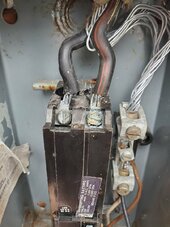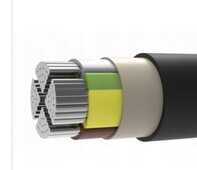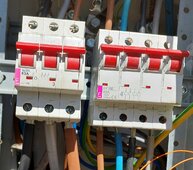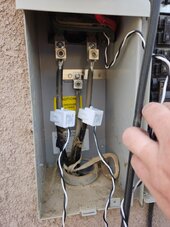Zwy
Emperor Of Solar
I've been on many jobs to replace an aluminum tube and fin evaporator with a copper tube and fin.Copper is great for boilers and plumbing.
But is sure is expensive to repair.
I have been on SOOOO many boiler jobs where the copper is eaten with holes throughout.
Copper isn't cheap and it isn't for those who don't demand a higher standard.
And copper coils in hvac was ok in the beginning when thick tubing was used, but when epa started requiring efficient standards, coils were just too thin, and they all failed.
Again, I have replaced many aluminum tube and fin evaporators with copper tube and fin. And copper is more efficient than aluminum on heat transfer, thermal conductivity and co efficient. Aluminum holds the edge on emissivity in the higher infrared range.
Don't believe me? Take to 2 plates of exact same dimensions, one aluminum and one copper. Heat both at the same rate in your hand on the end with a torch. Let me know which one you drop first.
I didn't just fall off the turnip truck. It had nothing to do with the EPA, it was due to the cost of copper.
Every mini split I've installed has copper tube and fin. Every heavy duty application that requires longevity has copper tube and fin. Long term aluminum tube and fin evaporators fail. Copper tube and fin can be missing half the aluminum fins, yet it still has good heat transfer. Same goes for condensers.
The only reason one sees aluminum condensers is due to parallel flow in order to cut weight/size and try to gain efficiency with small passages in each tube. This increases the surface contact area of the tube. Parallel flow has it's problems, but is cheap to manufacture. The small passages plug over time leading to decreased heat transfer as refrigerant is not flowing thru the passages.
Aluminum lasts. It is superior to copper in wet environments. It has points of failure, but better than copper when done right.
I call BS, reasons stated above.
You are incorrect. Go check your Machinery's Handbook.It just has to have more surface area to be as efficient with heat transfer.
.







